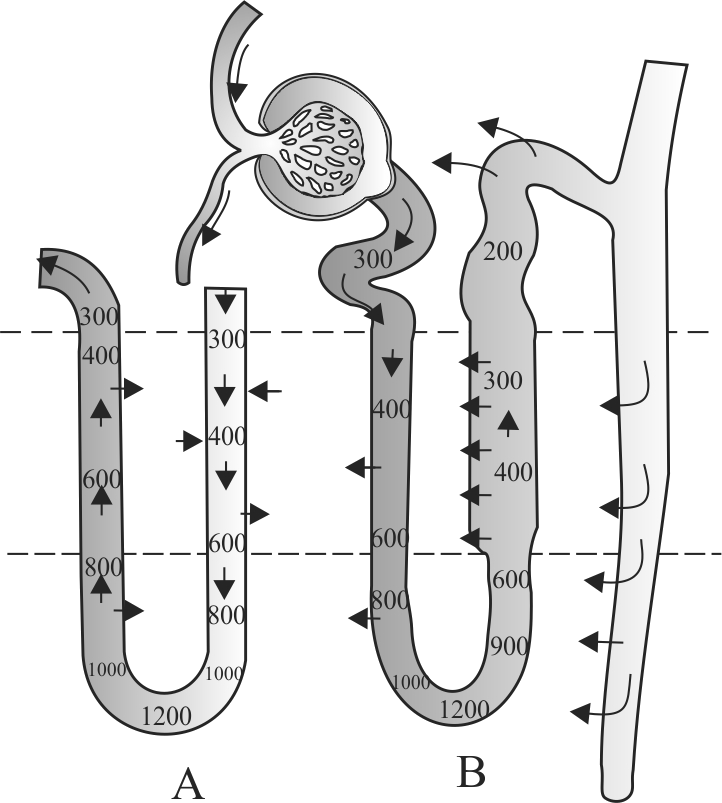339716
Match the items given in Column I with those in Column II and select the correct option given below:
Column I
Column II
A
Ultrafiltration
1
Henle’s loop
B
Concentration of urine
2
Ureter
C
Transport of urine
3
Urinary bladder
D
Storage of urine
4
Malphighian corpuscle
5
Proximal convoluted tubule
339716
Match the items given in Column I with those in Column II and select the correct option given below:
Column I
Column II
A
Ultrafiltration
1
Henle’s loop
B
Concentration of urine
2
Ureter
C
Transport of urine
3
Urinary bladder
D
Storage of urine
4
Malphighian corpuscle
5
Proximal convoluted tubule
339716
Match the items given in Column I with those in Column II and select the correct option given below:
Column I
Column II
A
Ultrafiltration
1
Henle’s loop
B
Concentration of urine
2
Ureter
C
Transport of urine
3
Urinary bladder
D
Storage of urine
4
Malphighian corpuscle
5
Proximal convoluted tubule
339716
Match the items given in Column I with those in Column II and select the correct option given below:
Column I
Column II
A
Ultrafiltration
1
Henle’s loop
B
Concentration of urine
2
Ureter
C
Transport of urine
3
Urinary bladder
D
Storage of urine
4
Malphighian corpuscle
5
Proximal convoluted tubule

